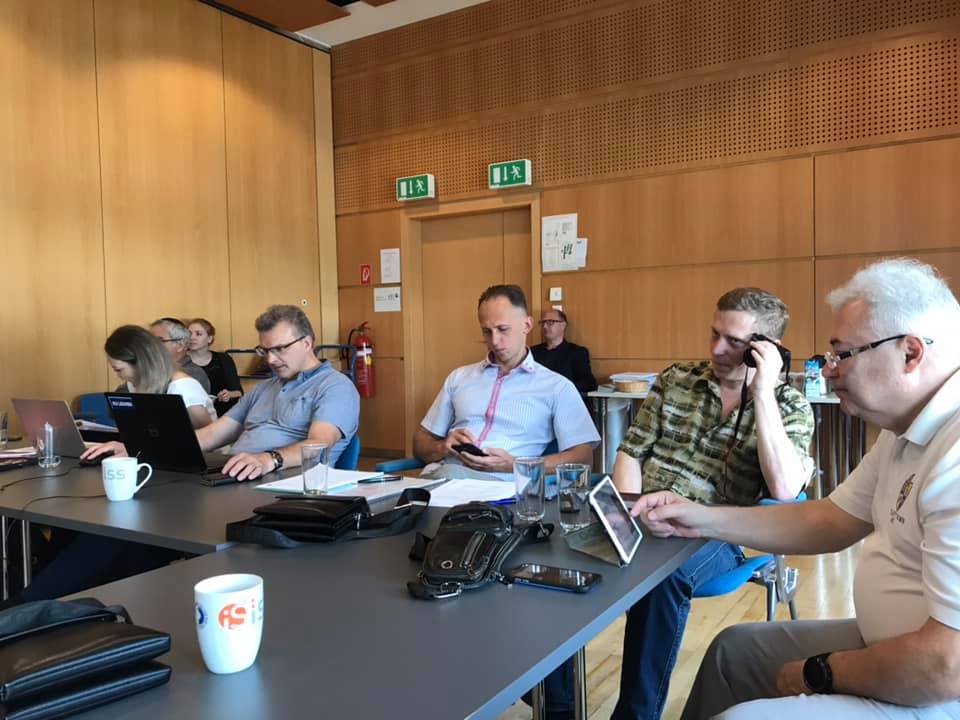[vc_section][vc_row][vc_column][vc_row_inner][vc_column_inner width=”1/4″][vc_single_image image=”2733″ img_size=”full” el_class=”.non-padding” css=”.vc_custom_1572442136367{margin-right: -15px !important;margin-left: -15px !important;}”][/vc_column_inner][vc_column_inner width=”1/2″][/vc_column_inner][vc_column_inner width=”1/4″][/vc_column_inner][/vc_row_inner][/vc_column][/vc_row][vc_row][vc_column width=”1/4″][vc_column_text css=”.vc_custom_1643615474442{margin-left: -15px !important;padding-top: 5px !important;}”] Syllabus
Moodle
Learning materials [/vc_column_text][/vc_column][vc_column width=”3/4″][vc_column_text]
Learning outcomes:
The aim of teaching the discipline “Medical Information Infrastructure” is to train professionals capable of designing, modeling and developing information infrastructure for modern telemedical and biomedical systems.
general competencies: ability to abstract thinking, analysis and synthesis; knowledge and understanding of the subject area and understanding and understanding of professional activity; ability to apply knowledge in practical situations.
professional competencies: the ability to implement the principles of a systematic approach in the study of processes occurring in telecommunications and radio systems and means of telemedicine and biomedical purposes; ability to develop, improve and use modern software, hardware and software and hardware of telecommunication and radio engineering means and systems of biomedical purpose; ability to develop software and hardware for embedded biomedical systems and telemedicine.
[/vc_column_text][/vc_column][/vc_row][/vc_section]

